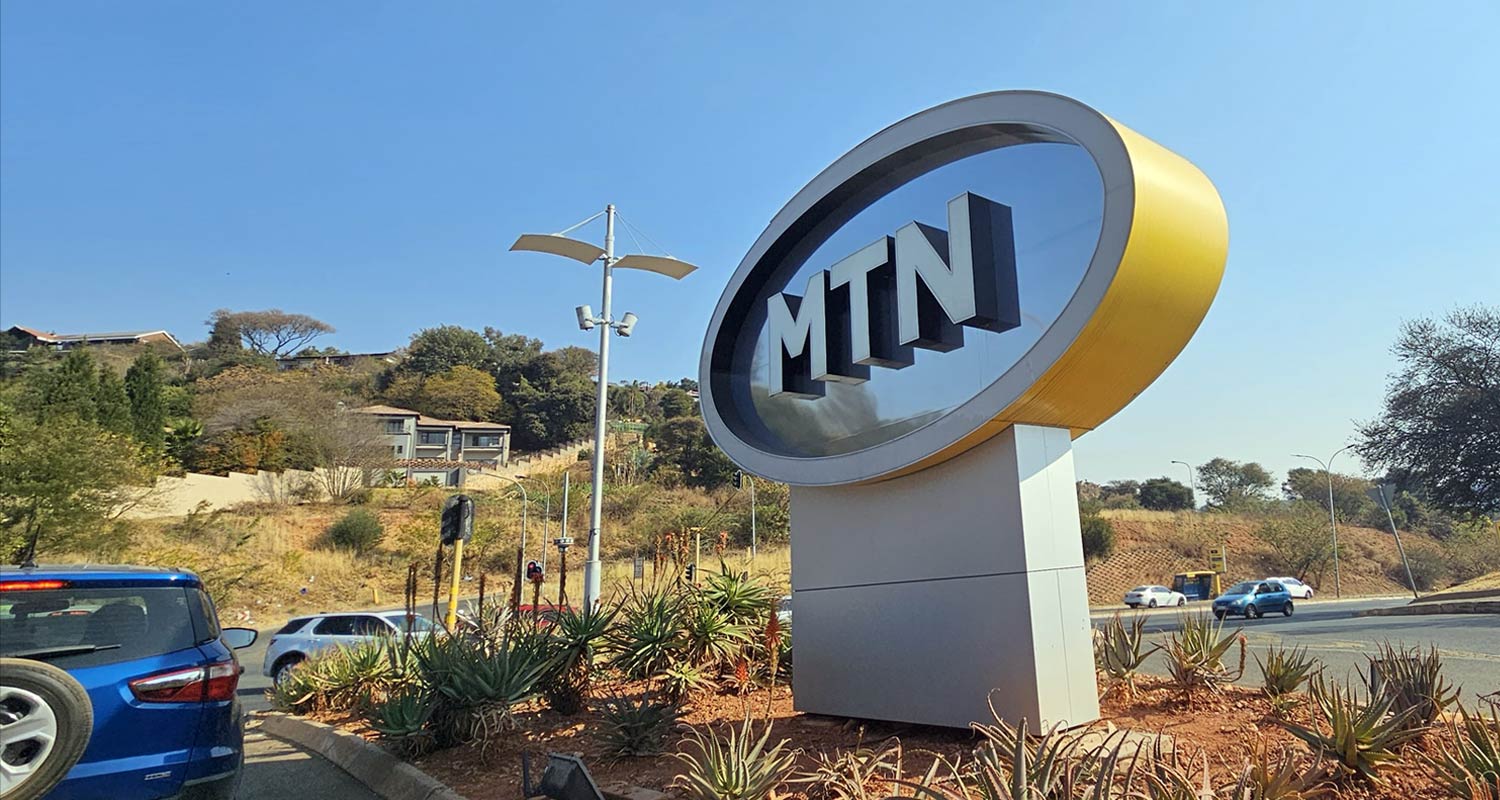
MTN Group has signalled a big change in strategy as it shifts focus to the connected home to drive revenue and profit growth between now and 2030.
This will form one of several key focus areas CEO Ralph Mupita said the group has identified as it moves beyond its Ambition 2025 strategy that has driven its focus in recent years. They are: connectivity, fintech and digital infrastructure.
The connected home buildout will be driven by a twin focus on fibre-to-the-home broadband and fixed-wireless access (FWA) using 5G technology, helped by planned spectrum auctions in the markets across Africa where it operates, including South Africa, Nigeria and Ghana.
Mupita was speaking to journalists at a press conference in Sandton on Friday.
“The opportunity in the home is enormous,” he said. “[We] have not really gone that deep [yet]… With the right spectral assets, we will attack [this space] with FWA, and in some situations we will use FTTH.
“This [investment] will distinguish MTN and [will be] where the growth and profit pools will be,” he said, adding that entertaining and gaming will drive data demand in the home in the years ahead.
Following rival Vodacom’s acquisition of a co-controlling 30% stake in Maziv – the parent company of Vumatel, South Africa’s largest fibre operator – Mupita said MTN has two options available to it. One of these is to buy a fibre network operator, provided the price is right. “It would need to meet invest criteria,” he warned.
‘Off the table’
The other option is “partnering” with a fibre network operator. Committing significant capital to building its own FTTH network is “off the table”, Mupita said, as it would be a “poor allocation of capital”.
He said he’d like to see MTN allocated significantly more spectrum – such as 100MHz in the 3.5GHz band, as it has in Nigeria – to allow it to offer robust FWA services in homes without impacting the experience of mobile users.
Read: South Africa’s fibre roll-out stalled while regulators shuffled paper
Another big focus in the coming years will be on delivering MTN services via smartphone apps and moving consumers off older USSD technology.
This will require driving down the cost of decent-quality smartphones to less than $20, from about $50 now. “Getting smartphones to the $15-20 price point is a big focus. $50 smartphones won’t get diffusion across the markets. Some of the handsets coming into the market from Tecno land at $40. That price point needs to come down closer to $20. Then there will be rapid diffusion of devices across African markets, and then you’ll see data really explode, as we’ve seen in Latin America and India.”

As part of this app-focused plan, MTN will also focus on broadening its MoMo (mobile money) offering on smartphones with new, advanced services.
The third big focus area will be on digital infrastructure, including the construction of AI and edge data centres.
“We are looking at how we participate in data centres… [Artificial intelligence] is an area where there can be rapid transformation, especially around productivity. It is a transformational technology that will be pervasive.” — © 2025 NewsCentral Media
Get breaking news from TechCentral on WhatsApp. Sign up here.

